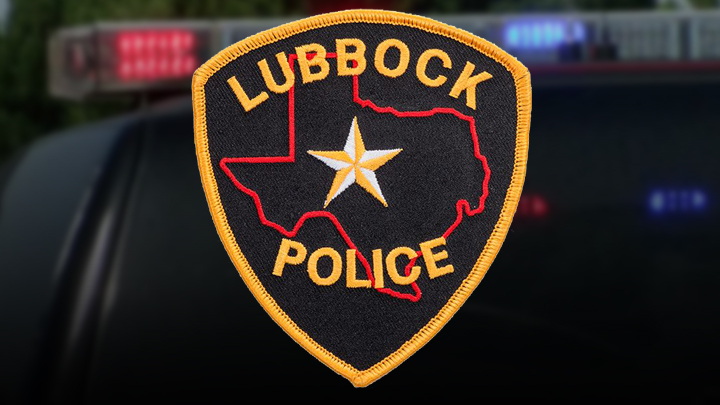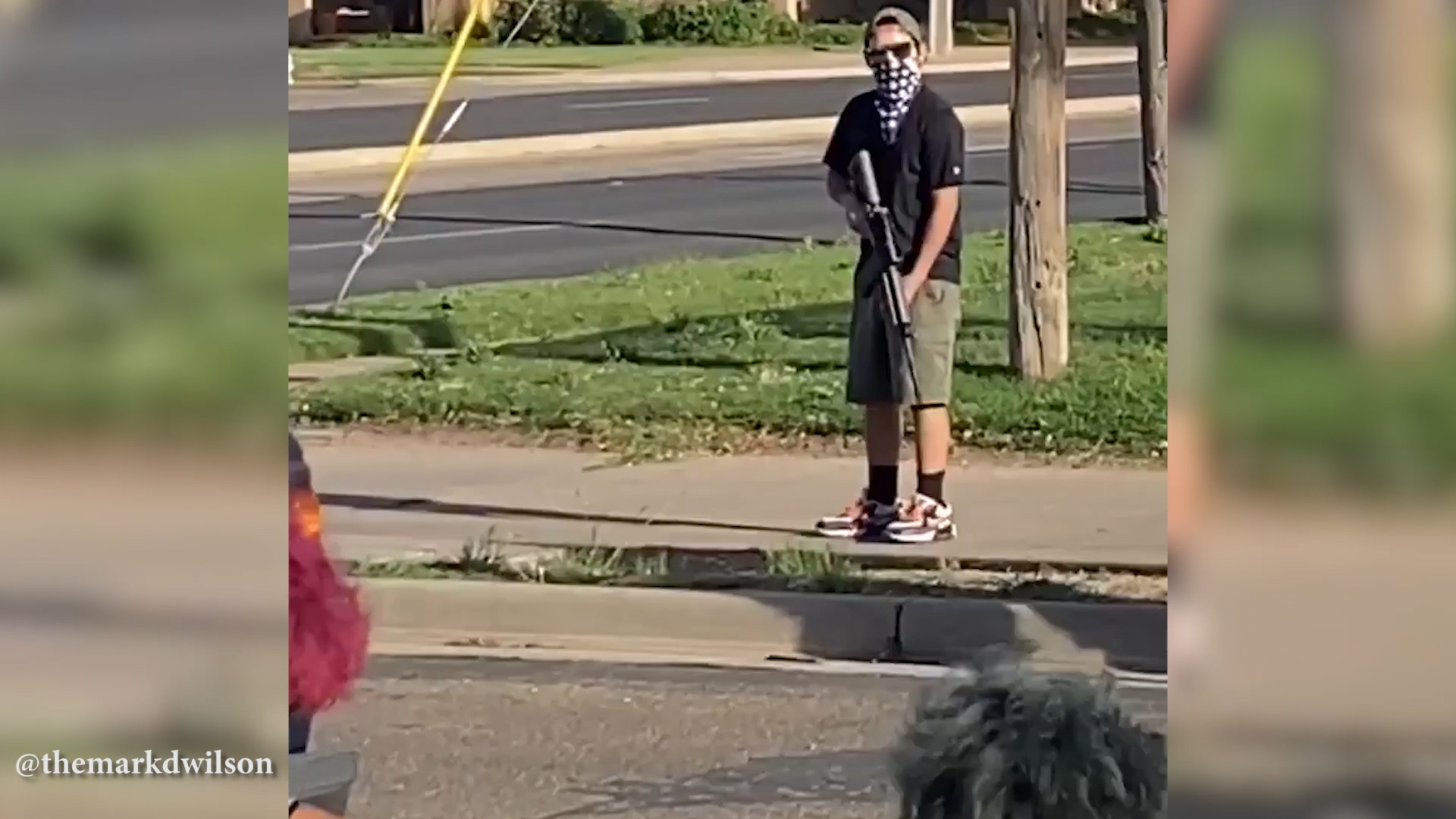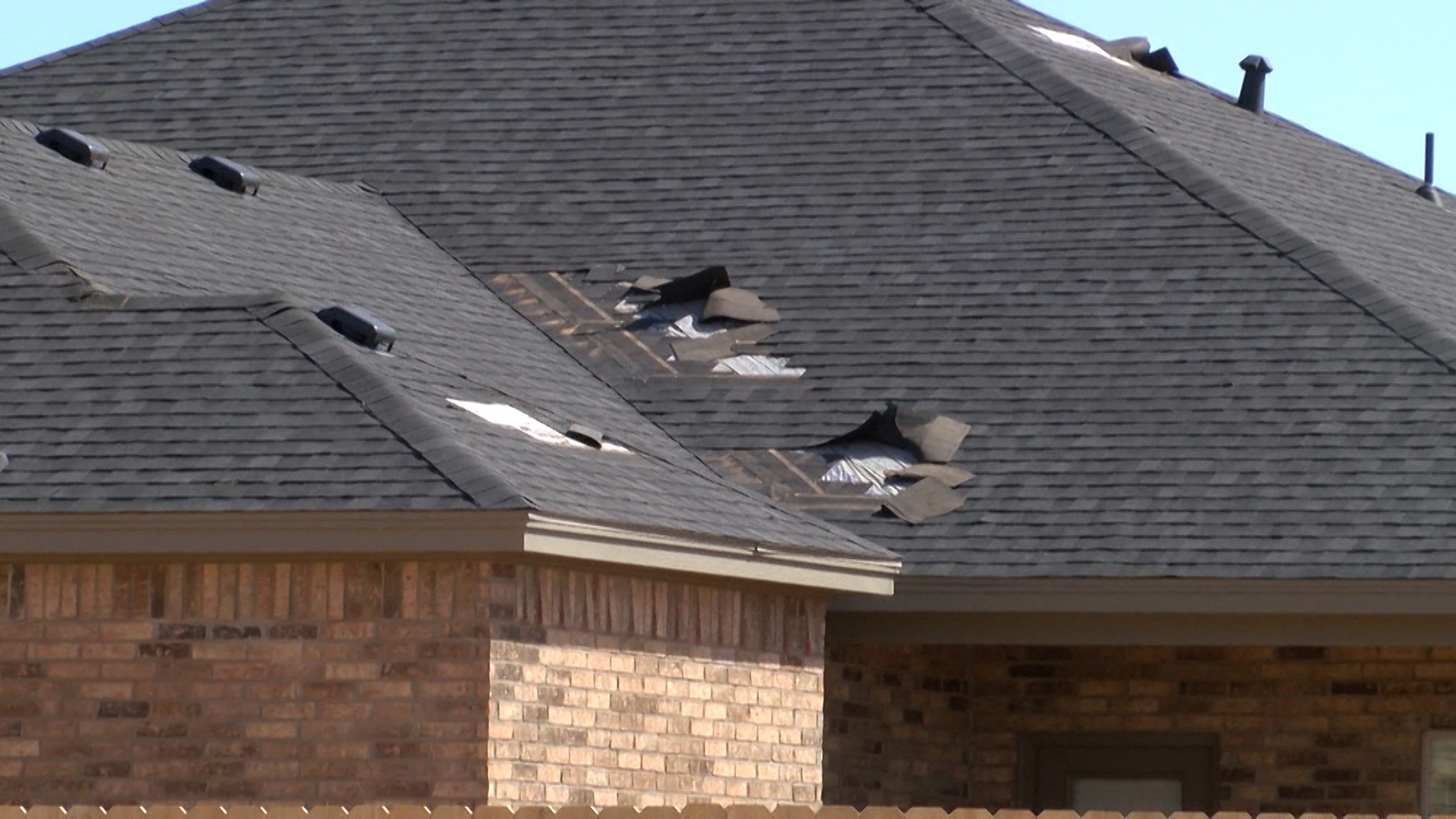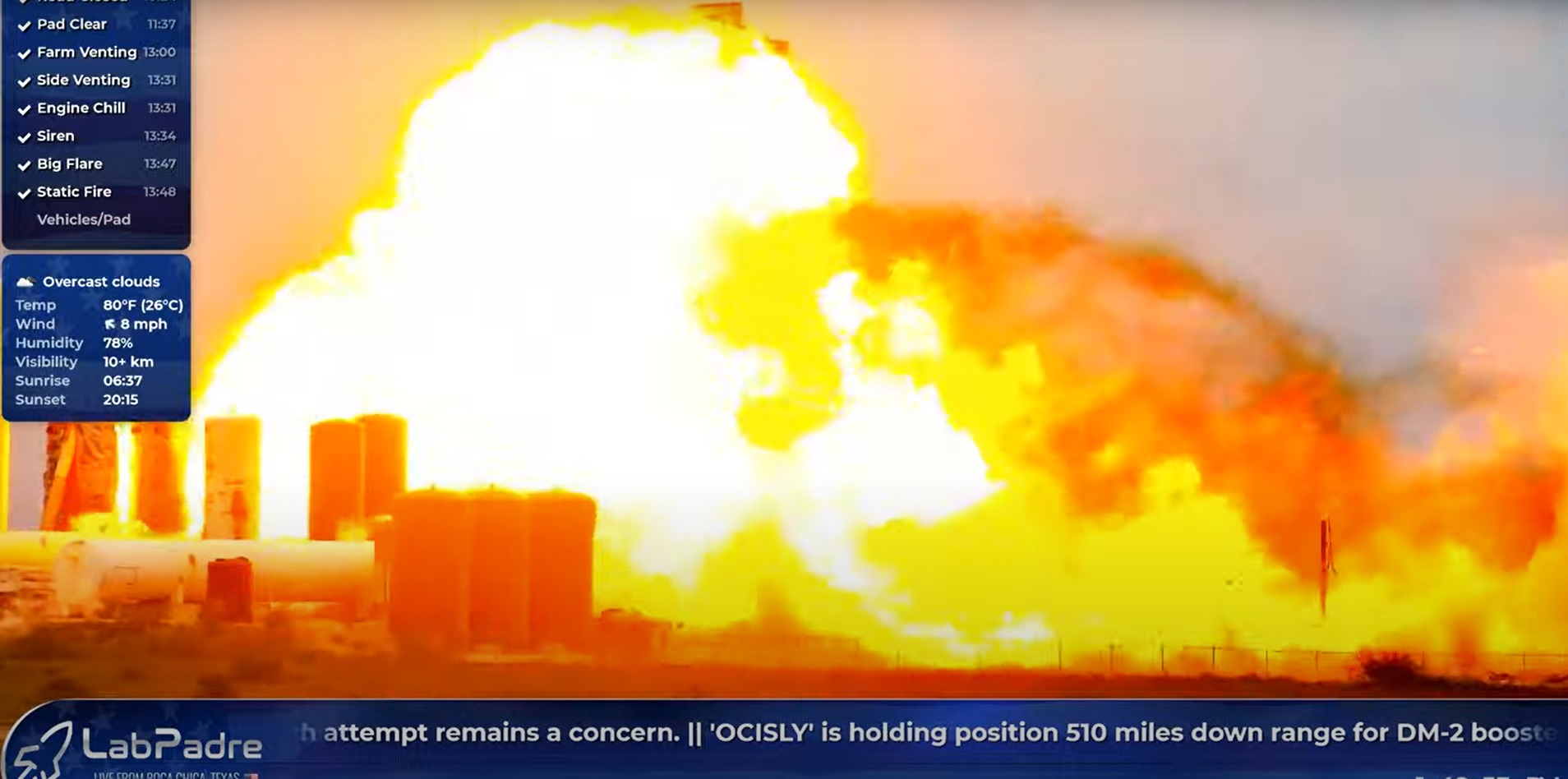EL PASO, Texas (Border Report) — A bill to increase scanning rates of vehicles entering the United States passed the House on Monday night.
The Securing America’s Ports Act calls for equipping ports of entry with non-intrusive inspection technology (NII) that will help border agents detect drugs, migrants and other contraband hidden in cargo trucks and in the body of passenger vehicles. It passed with bipartisan support.
“Our border security and immigration system are broken, and we need strong, smart and fair initiatives to fix it,” said U.S. Rep. Xochitl Torres Small, D-New Mexico, the bill’s cosponsor. “By increasing the amount of NII technology at our ports, we will stop more drugs from being trafficked across our border, support the efforts of port officers already stretched too thin, and stimulate cross border trade helping to grow our local economies.”
U.S. Customs and Border Protection (CBP) has been using X-ray and gamma-ray machines to inspect some vehicles at border crossings. The problem is that the machines are too large and there are too few, said Torres Small, chairwoman of the House Oversight, Management and Accountability Subcommittee.
Right now, CBP scans about 15% of all commercial trucks coming in from Mexico and only about 1% of passenger vehicles. The rate varies from port to port, with higher inspection percentages at the larger border crossings.
According to testimony in last night’s vote hearing, CBP is already acquiring additional NII machines, including handheld devices handy when inspecting cars, SUVs and pickups. Congress last year approved $570 million for technological upgrades and CBP expects that to help them increase truck inspection rates to 72% and passenger vehicle inspection rates to 40% at the larger ports of entry by 2024.
However, Torres Small fears that will only drive transnational criminal organizations to shift their smuggling operations to smaller border crossings, like the Santa Teresa port of entry in her southern New Mexico congressional district.

“My legislation aims to ensure that all land ports of entry are appropriately equipped to combat smuggling,” she said at the hearing.
The bill requires the Secretary of Homeland Security (DHS) to develop, within 180 days of the bill’s signing, a plan for scanning 100% of all vehicles coming into the United States using NII technology. It also requires the Secretary to provide annual progress reports to Congress and conduct research and development to improve utilizaton of NII tech given differences in physical features and activity at each port of entry.
“Our ports of entry continue to be a preferred avenue for transnational criminal organizations to transport narcotics and contraband into the United States,” said U.S. Rep. Dan Crenshaw, R-Texas, the bill’s cosponsor.
He quoted CBP seizure statistics on fentanyl and other drugs to illustrate how the drug cartels play favorable odds that their product will get right past port-of-entry inspectors. Only about 15% of all drug seizures are made between ports of entry, according to DHS figures on cocaine, heroin, fentanyl and methamphetamine stopped at the border.
The bill, which now heads to the Senate, is part of broader legislative efforts to enhance border security. Other bills seek to increase staffing both at ports of entry as well as in remote stretches of the U.S.-Mexico border also exploited by traffickers.
The U.S. Customs and Border Protection Rural and Remote Hiring and Retention Strategy Act (HR 1598) calls for filling up to 2,000 federal vacancies at ports of entry. That bill was introduced in the House last March.
The Border Workforce Efficiency Act, which was introduced in December, would create a coordinator position in the U.S. Border Patrol to procure support in areas of migrant processing, which overwhelmed federal agencies during last year’s Central America migrant surge.
Visit the BorderReport.com homepage for the latest exclusive stories and breaking news about issues along the United States-Mexico border.

















